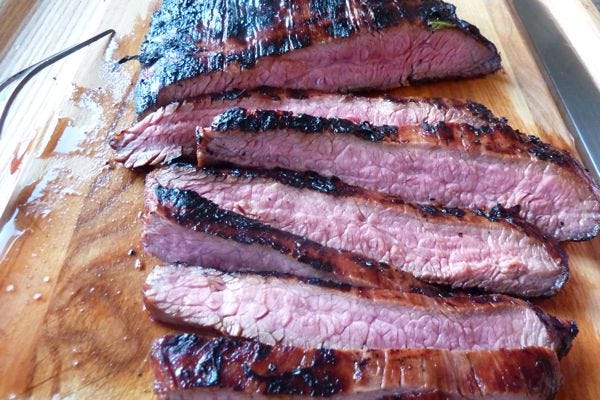Four Strategies for Nervous Nellies

I was at a dinner party with two other couples last year when the host approached me discreetly in the living room. "Can you come here?" she whispered, motioning towards the kitchen. She led me to the oven, pulled out a roasting pan filled with eight split chicken breasts whose skin were all a nice caramel-ly brown. "They're ready, right?" she asked. I…




